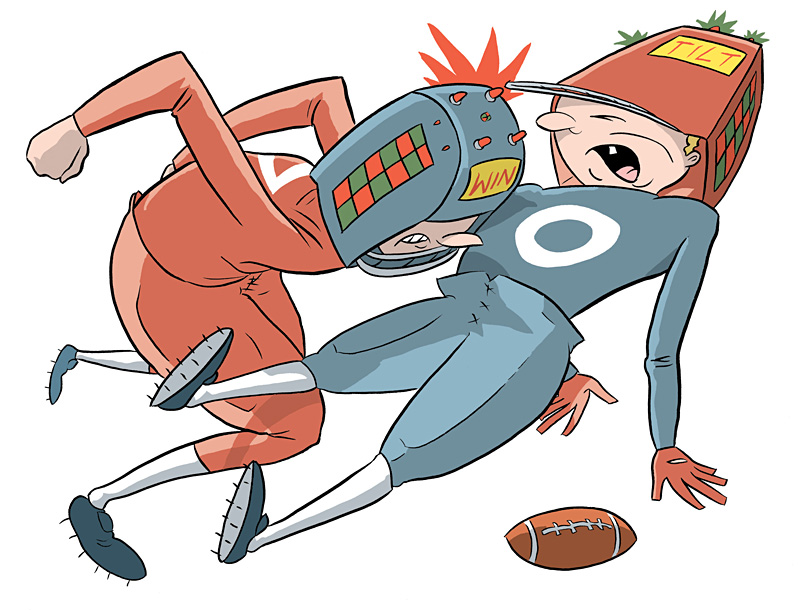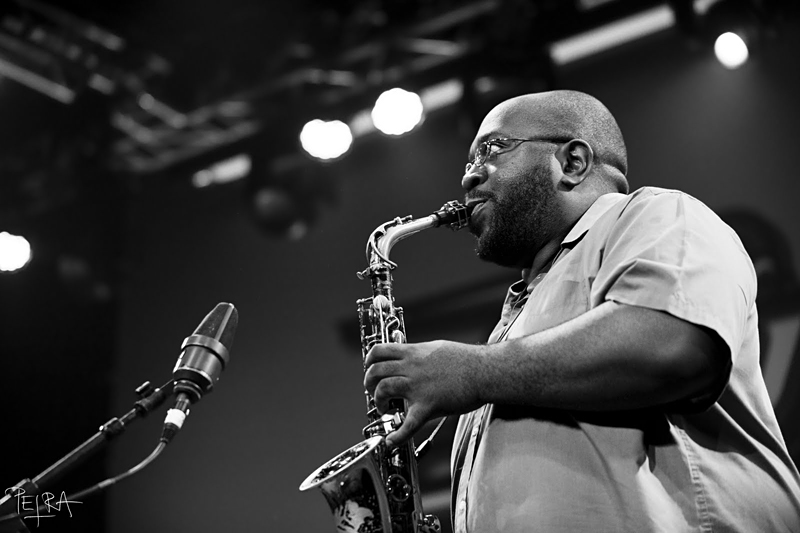How long will the legal battle over a Nazi-looted painting at the Seattle Art Museum last? Well into the next century, if a recent case in Chicago is any guide.
The dispute in Chicago involved a Degas that was pillaged from a German couple sent to a concentration camp. The painting turned up decades later in the hands of pharmaceutical billionaire Daniel Searle, who spent years resisting the family’s efforts to reclaim it, saying he would not be “extorted.”
The battle over the Degas was the subject of Making a Killing, a documentary by Anne Webber shown at last week’s Jewish Film Festival in Seattle. According to Webber, the cold response by Searle seen in the film reflects a broader failure on the part of the art world to accept responsibility for trading in artworks looted from victims of the Holocaust. The film argues the effort to reclaim these works is really an attempt to recover some small piece of the rich family legacies that the Nazis brutally destroyed. Yet the efforts are frequently met with stonewalling, legalistic defenses, and complaints that the art market is being “disrupted.”
“There’s no allowance being made” for the unique circumstances of these thefts, Webber noted. “It’s not like some burglar came in the dead of night. People were systematically dispossessed of their property and, in some cases, their lives.”
Last August, on the eve of the trial, a settlement was finally reached in the Chicago case. The family had exhausted its resources after spending more than a half-million dollars in legal fees. And Searle, according to Webber, had a change of heart after seeing how he appeared in her documentary. The parties agreed that the Degas would go to the Art Institute of Chicago and the family would receive payment equal to half its appraised value.
No such compromise is immediately in sight at the Seattle Art Museum.
The painting at issue in Seattle carries more than one family legacy. The descendants of a Parisian art dealer named Paul Rosenberg contend that the Matisse painting known as Odalisque—one of the most prized works in SAM’s collection—was stolen from their grandfather during the war. After the war, that painting ended up in the home of one of the Northwest’s wealthiest families, Prentice and Virginia Bloedel, who acquired it from a New York gallery called Knoedler in the mid-’50s and had it hanging in their Bainbridge Island mansion for decades. The couple bequeathed it to SAM upon their deaths a few years ago.
SAM has said it is willing to return the painting to the Rosenbergs if it “rightfully” belongs to them, but the museum has required that the Rosenbergs assert their claim in a lawsuit. In addition, SAM has filed a “third-party” lawsuit of its own against Knoedler, accusing the gallery of deceiving the Bloedels about the history of the painting. SAM wants Knoedler to pay compensation for the value of Odalisque, should the museum be forced to give it up.
Willi Korte, a German-born specialist in the tracing of Nazi-looted art, who was heavily involved in the Chicago case, was also in town for last week’s screening. He said SAM’s move against Knoedler is “a positive, interesting step in terms of holding dealers accountable” for their laundering of stolen art. “But,” he added, “it’s being used by the museum to put off resolving the [Rosenbergs’] case.”
Korte says that while large museums such as the Met and the Louvre have seen recent claims against their massive collections, the SAM case is “the first in which a museum is being faced with such a prominent loss.”
In its public statements, SAM has repeatedly said that it is following the official “guidelines” for handling looted art claims that were developed last year by a committee of the Association of Art Museum Directors. (The group included SAM director Mimi Gardner Gates.) But as Korte observes, “It’s a bit difficult, to put it mildly, to use these guidelines for the practical resolution of a claim.” The museum directors’ guidance is so vague—they recommend resolving claims “in an equitable, appropriate, and mutually agreeable manner”—that museums are left free to pursue whatever course they choose, all the while publicly deferring to “the guidelines.”
SAM has also said that it “cannot return the painting without fully researching the claim’s validity.” The museum has engaged researchers with the Holocaust Art Restitution Project in Washington, DC, to investigate the painting’s history; their final report is due in the next few weeks and is expected to support the Rosenbergs’ basic claim. But this is unlikely to alter the dispute.
Even if the research supports the Rosenbergs, SAM has stated that it will still ask the family to prove their case in court. Otherwise, SAM’s case against Knoedler could be weakened. And the legal wrangling between the museum and Knoedler shows little prospect of abating.
With no sign of settlement talks and a jury trial that isn’t set to start until January 2000, the case will probably not be resolved in the near future. “I’ve had the pleasure of dealing with [Knoedler’s Manhattan law firm],” says Korte. “They’ll not be inclined to cave anytime soon. This could be a fairly lengthy, expensive, and nasty fight.”








